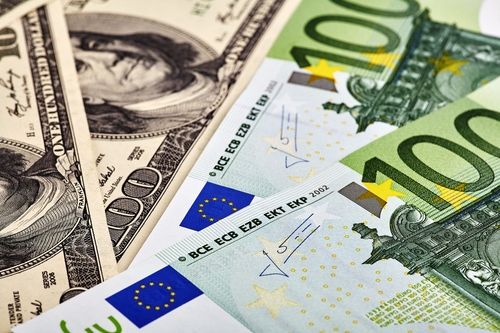EUR/USD rebounds to near 1.1200 ahead of UoM Consumer Sentiment Index release

The EUR/USD pair edged higher as the US Dollar weakened in response to the latest economic data.
US Producer Price Index declined by 0.5% MoM, while core PPI—excluding food and energy—fell by 0.4% in April.
The Euro’s gains may be limited as ECB officials continue to hint at the possibility of additional interest rate cuts.
EUR/USD has recovered its daily losses, trading around 1.1200 during the Asian hours on Friday. The pair receives support as the US Dollar (USD) weakens following the recent economic data released on Thursday.
The US Producer Price Index (PPI) rose 2.4% year-over-year in April, easing from the 2.7% increase in March and falling short of the market expectation of 2.5%. Core PPI, which excludes food and energy, climbed 3.1% annually, down from the previous 4%. On a monthly basis, headline PPI dropped 0.5%, while core PPI fell 0.4%.
US Initial Jobless Claims for the week ending May 10 stood at 229,000, unchanged from the revised figure for the previous week, and in line with expectations, according to the US Department of Labor (DOL). Continuing Jobless Claims rose by 9,000 to reach 1.881 million for the week ending May 3.
Traders will likely observe the University of Michigan’s (UoM) Consumer Sentiment Index, set to be released on Friday. Market forecasts anticipate a rise in consumer survey results, which have dropped for four straight months, reaching a two-year low of 52.2. Investors are hopeful that consumer sentiment will show some recovery, potentially boosting the index back to 53.4.
The Euro (EUR) may come under pressure as European Central Bank (ECB) officials continue to signal room for further interest rate cuts amid weakening inflationary trends. ECB policymaker and Bank of France Governor François Villeroy de Galhau commented that protectionist measures announced by the US administration are likely to “restart inflation in its economy, not in Europe,” potentially supporting a rate cut as early as this summer.
Meanwhile, Eurozone GDP growth for Q1 was revised slightly lower to 0.3% quarter-on-quarter, down from the initial estimate and prior reading of 0.4%. On an annual basis, GDP grew by 1.2%, in line with expectations. Notably, Employment Change for the January–March period surprised to the upside, rising 0.3% quarter-on-quarter versus the flash estimate and prior reading of 0.1%.
* The content presented above, whether from a third party or not, is considered as general advice only. This article should not be construed as containing investment advice, investment recommendations, an offer of or solicitation for any transactions in financial instruments.


